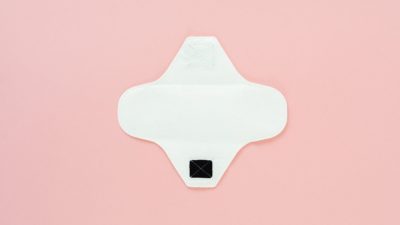Going for a run is often the go-to activity for losing weight after having a baby and ‘getting your body back’. All you need is a pair of trainers and out you go, right? But when we start to consider the high-impact requirements of running, and the generally poor state of one’s core/pelvic stability after giving birth, we start to realise that it takes a lot more than a pair of good shoes to get you ready for the road. There are a few things to consider before jumping into any impact work after delivery.
1. Pelvic Floor Recovery
The pelvic floor stretches up to 3 TIMES its length during a vaginal delivery. This same force would almost certainly rupture any other muscle, likely requiring surgery and months of structured rehabilitation. However, women are often expected to just ‘bounce back’ after giving birth, when really you should be treating your body as if it were recovering from a major injury/surgery – which it is! It would be great if things just healed automatically, but it generally takes a concerted effort to strengthen the pelvic floor to a place where it is able to cope with impact.
2. Strength Before Impact
Pregnancy and childbirth leave us with very stretched and weakened pelvic floor and core muscles. These muscles are especially important for generating power during exercise, and so strengthening these areas is one of the first things we do. A strong core provides an anchor for the arms and the legs, and helps to absorb force in situations where the body is exposed to a lot of impact i.e. jumping or running activities. Going through a low-impact strength program as part of your build-up to running is a MUST. This ensures that you have the strength and stability you need to run safely and stay injury-free.
3. How You Run Is Important
Running is essentially hopping from one foot to the other for a prolonged period of time, and HOW you land has a massive effect on how well the body absorbs this impact. This is where running technique comes in. In a society where many of us rely on heavily-cushioned trainers, many of us end up running on our heels. The problem with this is that it bypasses the natural shock-absorbing capacity of our calves (which should work to reduce the force that goes through the leg as it hits the ground).
The end result is that we have a lot more impact force making its way through the feet and legs, and this is often the cause of injury. There is plenty that I could cover with regards to running technique, but it’s a bit difficult to convey everything via words. Our Postpartum Return To Fitness & Running Program goes into this in a lot more detail, and provides you with a comprehensive guide to getting back into impact and running after giving birth.
4. The Demands Of Being A New Mother And Mental Readiness
Let’s be real – if having a baby weren’t enough, being a new mom is HARD! Between the sleepless nights, baby blues and not having any time for yourself; it can be difficult to muster the energy needed to take a simple shower, let alone go for a run. Motherhood is extremely demanding. With the added pressure of getting your body back to ‘normal’, it can all get a bit much. A large part of whether you’re ready to engage in high-impact fitness/running is whether YOU feel like you’re ready – both mentally and physically. We all recover at different rates and some of us need a little more time than others. And that’s okay. Your mental readiness is as important as the physical preparation.
5. Slow and steady is the key
As I mentioned before, recovering from childbirth and pregnancy is like any sporting injury – it takes time. And a structured program which loads the body in a gradual and progressive way is key to getting you back into physical activity safely. Note the word GRADUAL. Personally, I am very prone to overdoing things. More is not always better, and particularly when it comes to physical activity, we need to build things up slowly. If you spend time focusing on building a good foundation, it will make your return to fitness and running infinitely smoother.
If you’re unsure of exactly where to start, or are looking for a bit more information, please do check out our Postpartum Return to Fitness & Running Program. Valued at over $2,000 but costing a fraction of the price, it has been designed by a pelvic physiotherapist and contains all the comprehensive guidance you need to return to running and fitness. More info below!




Add Comment